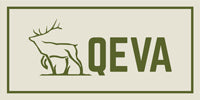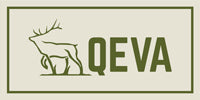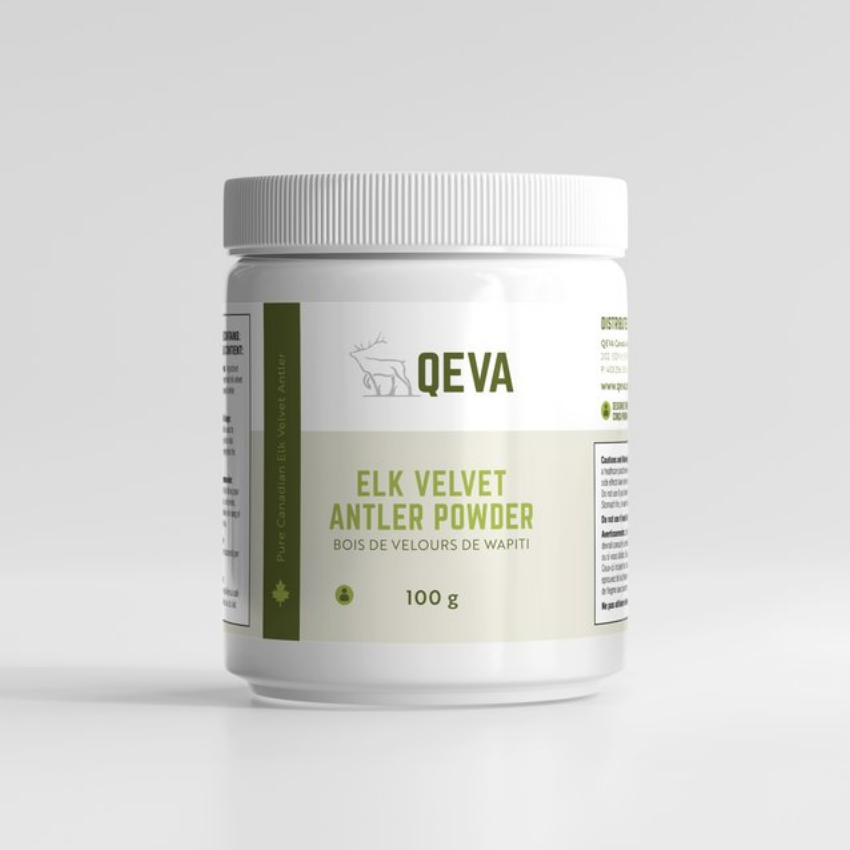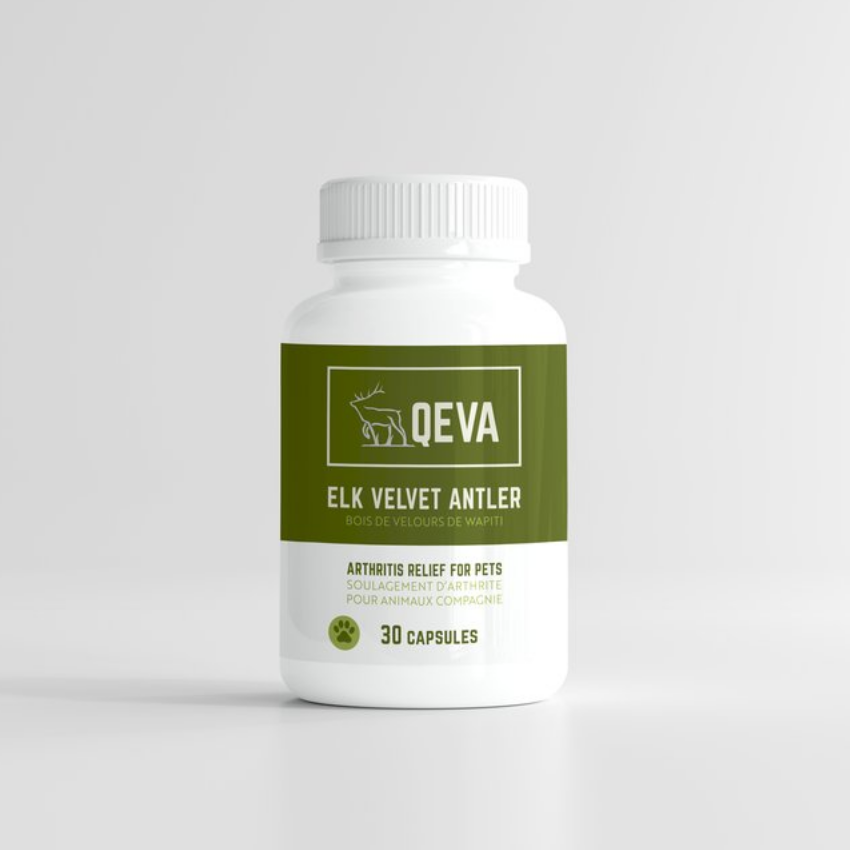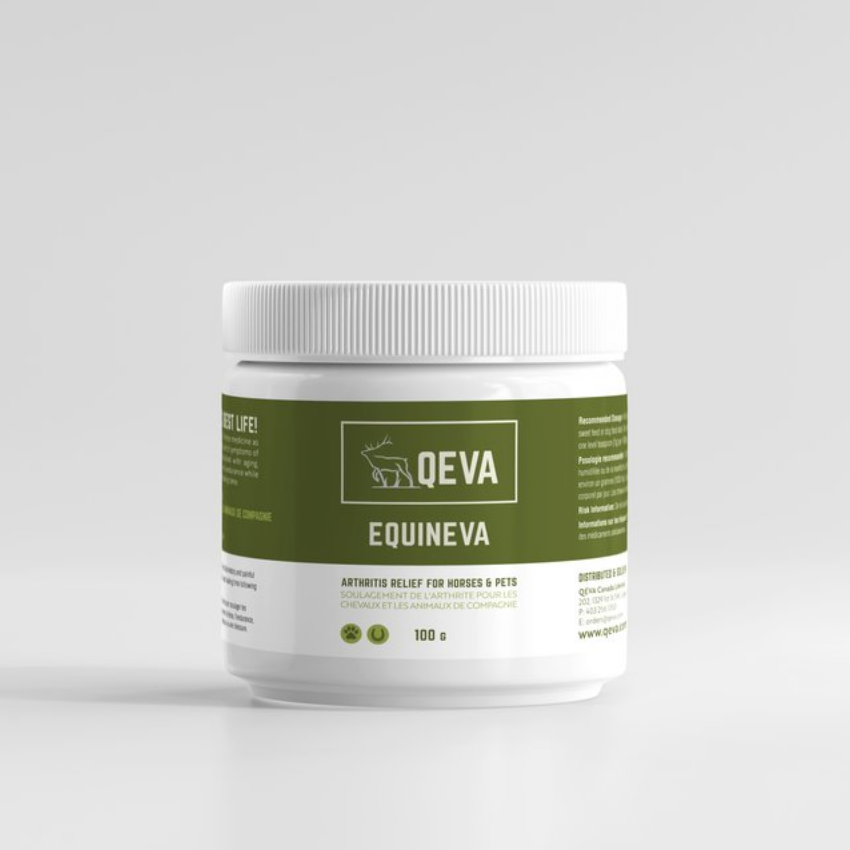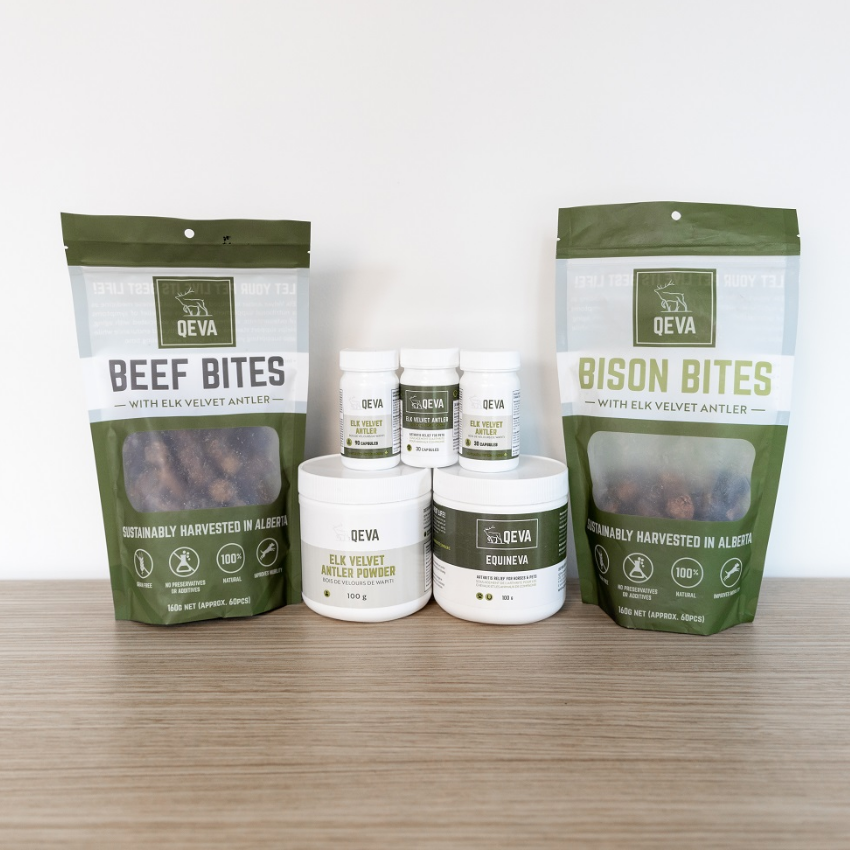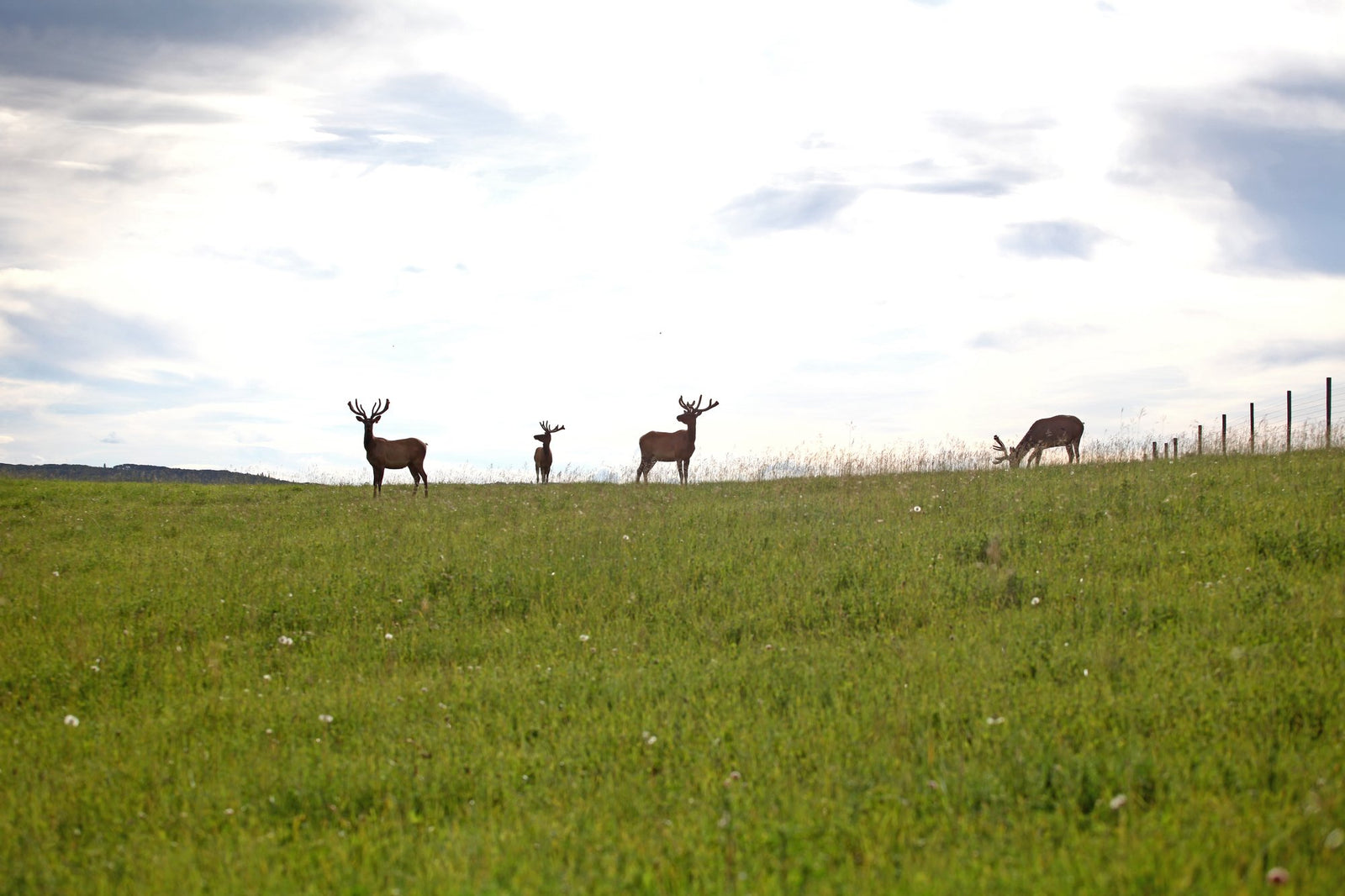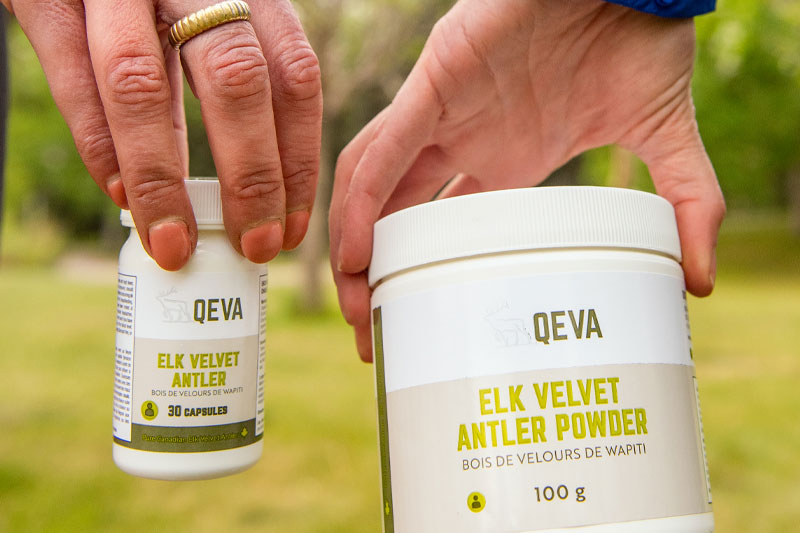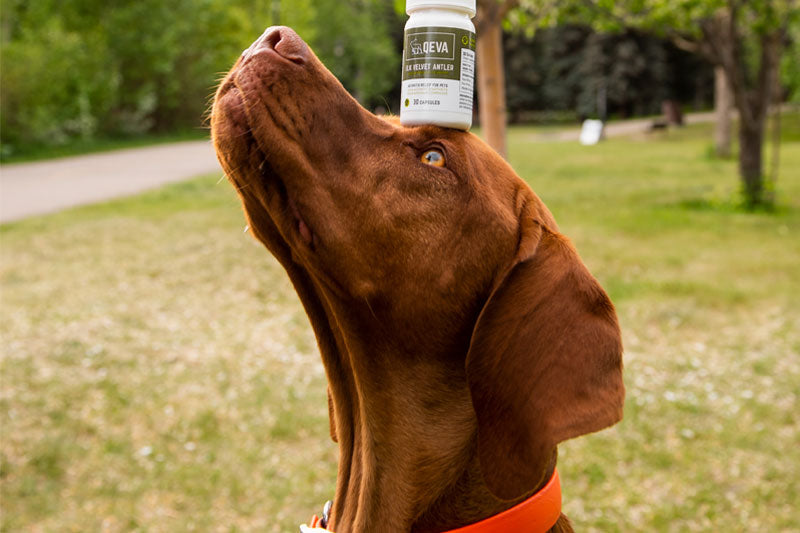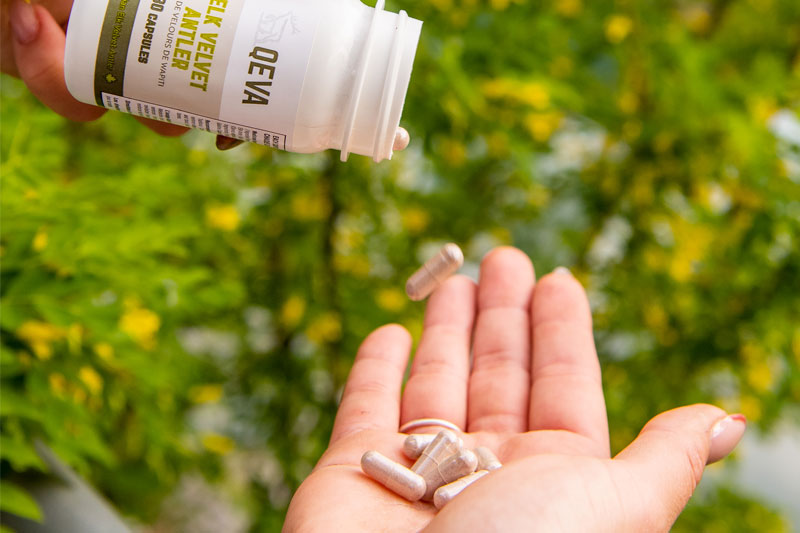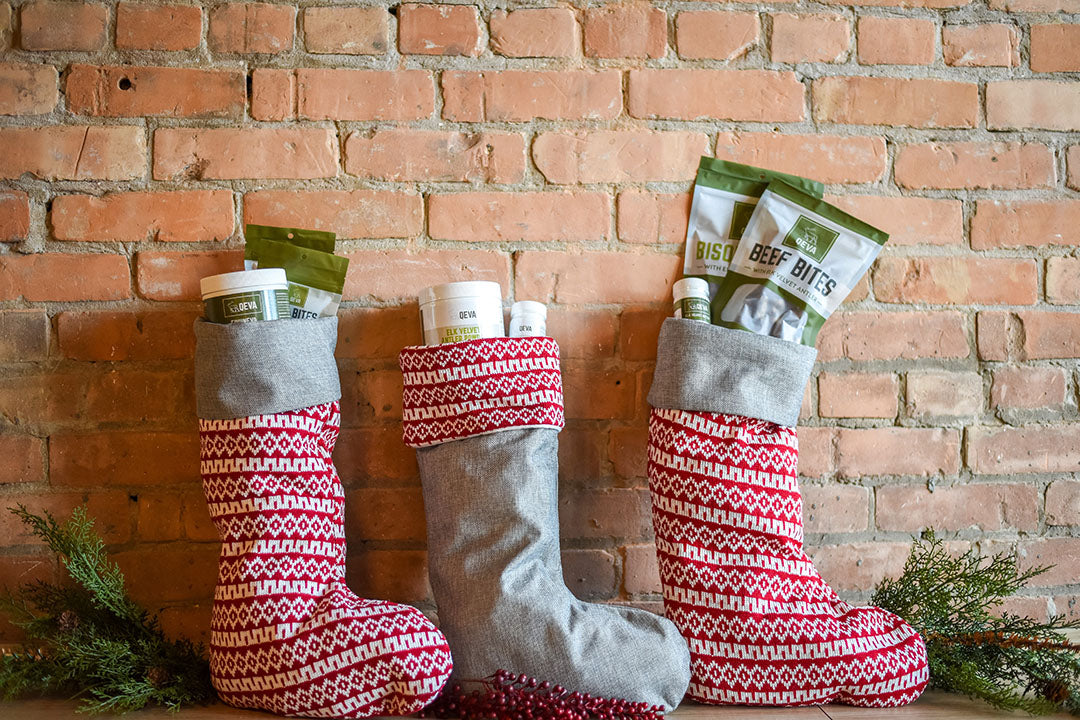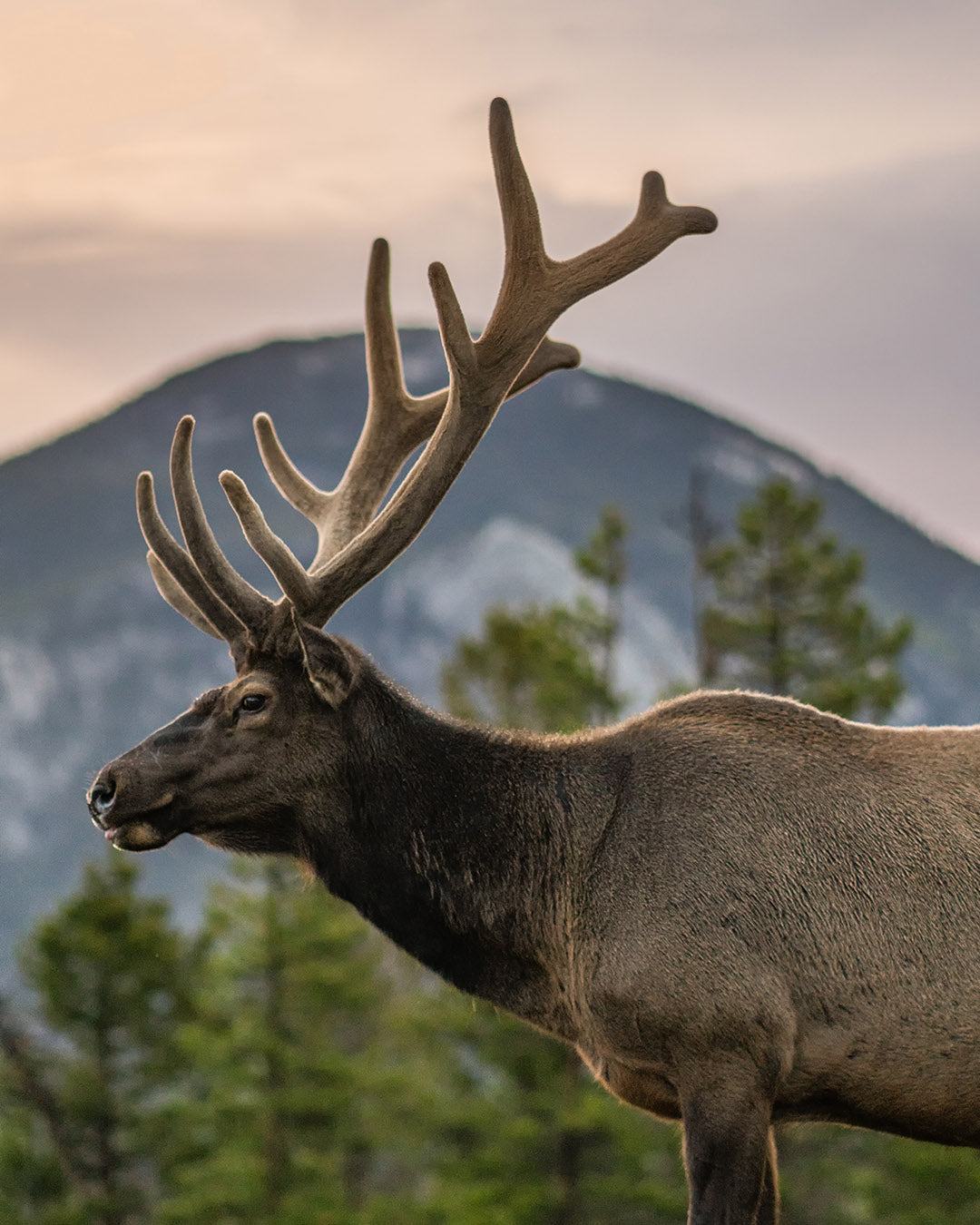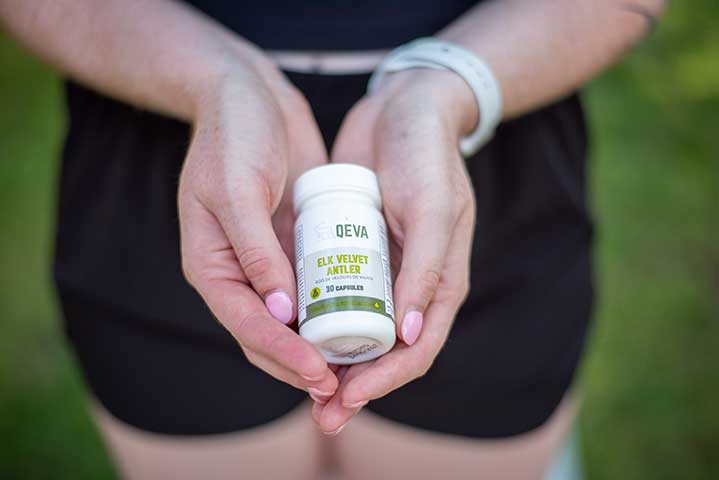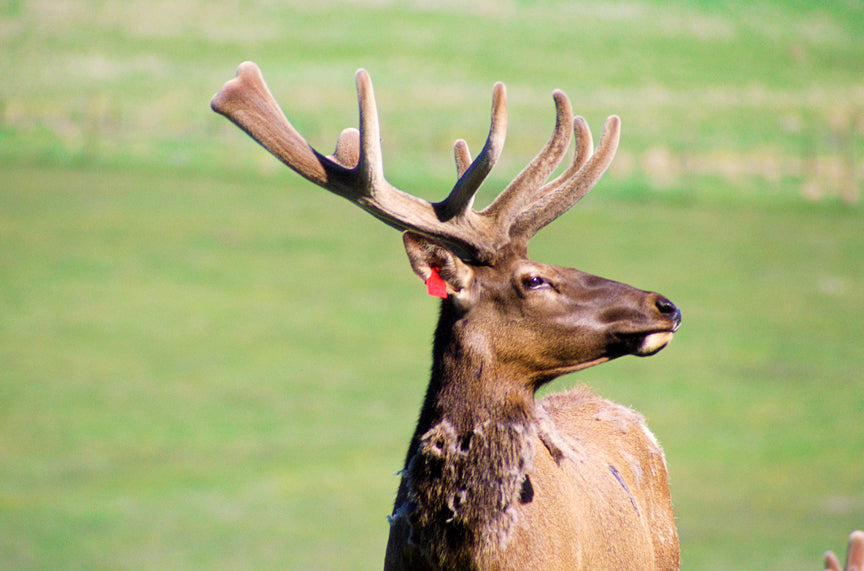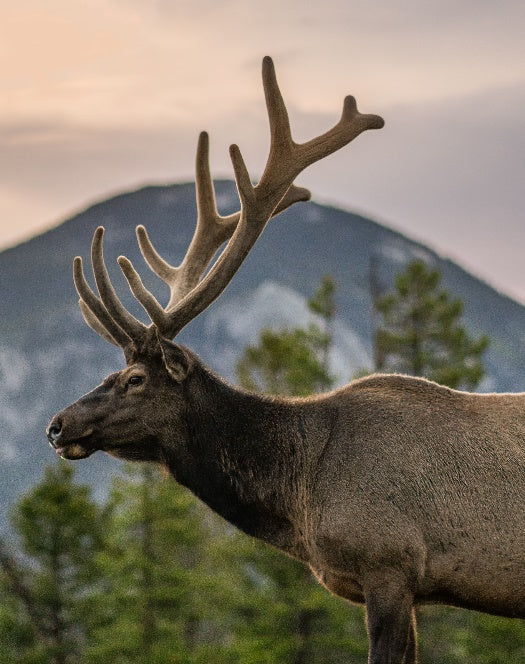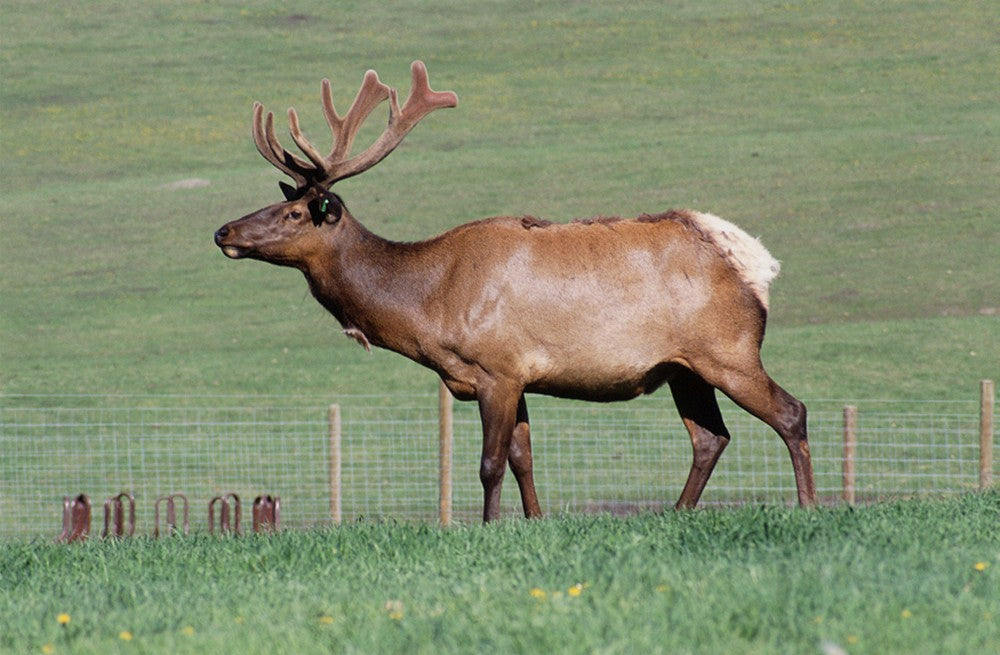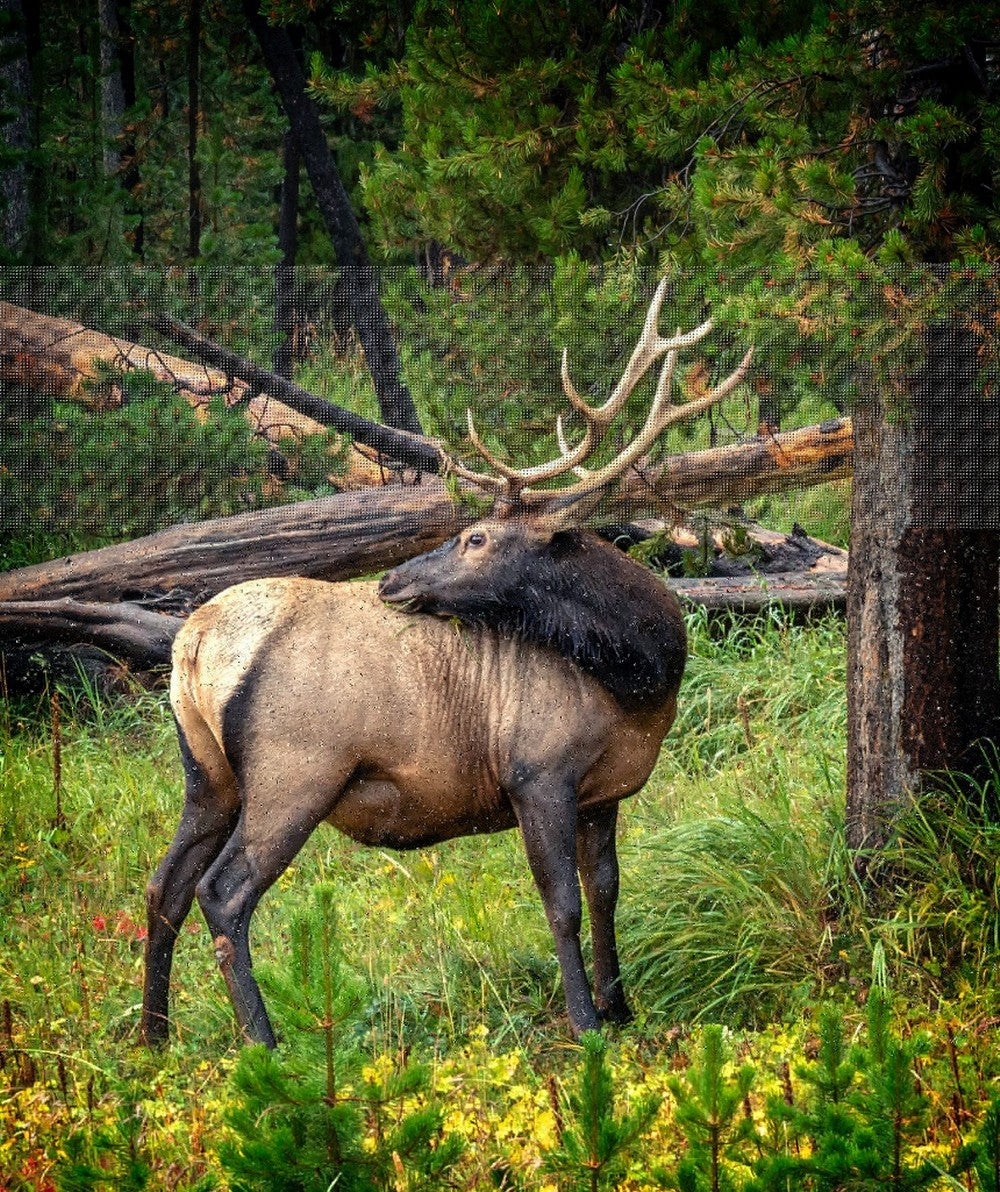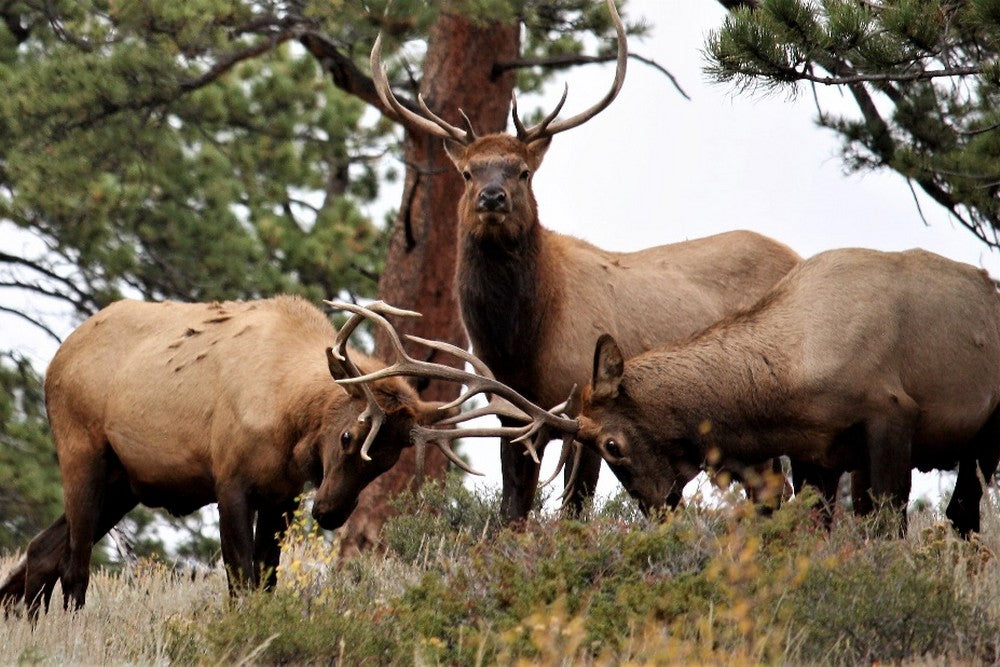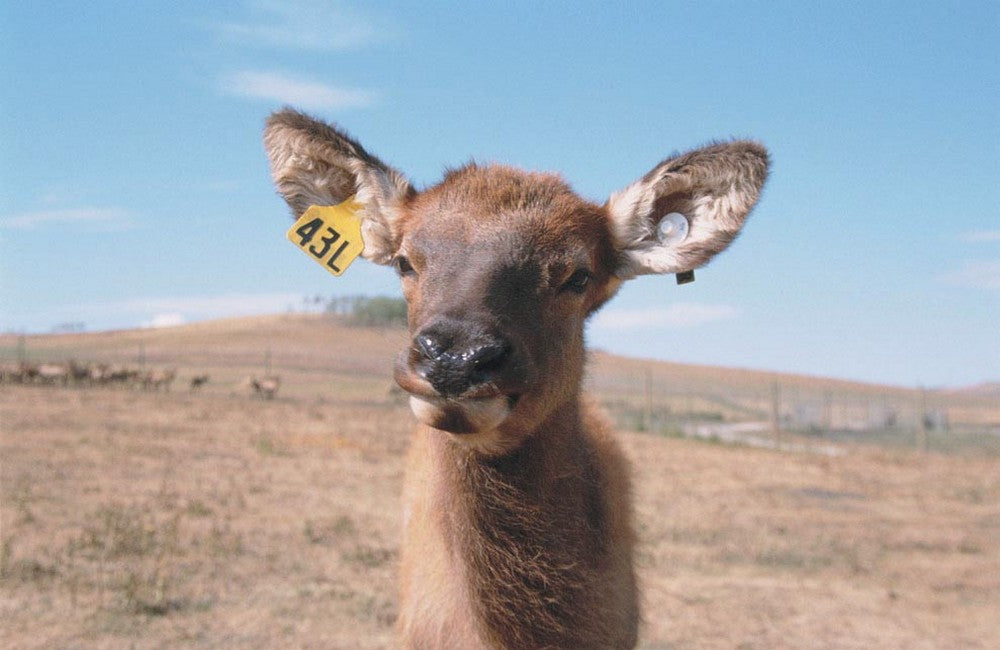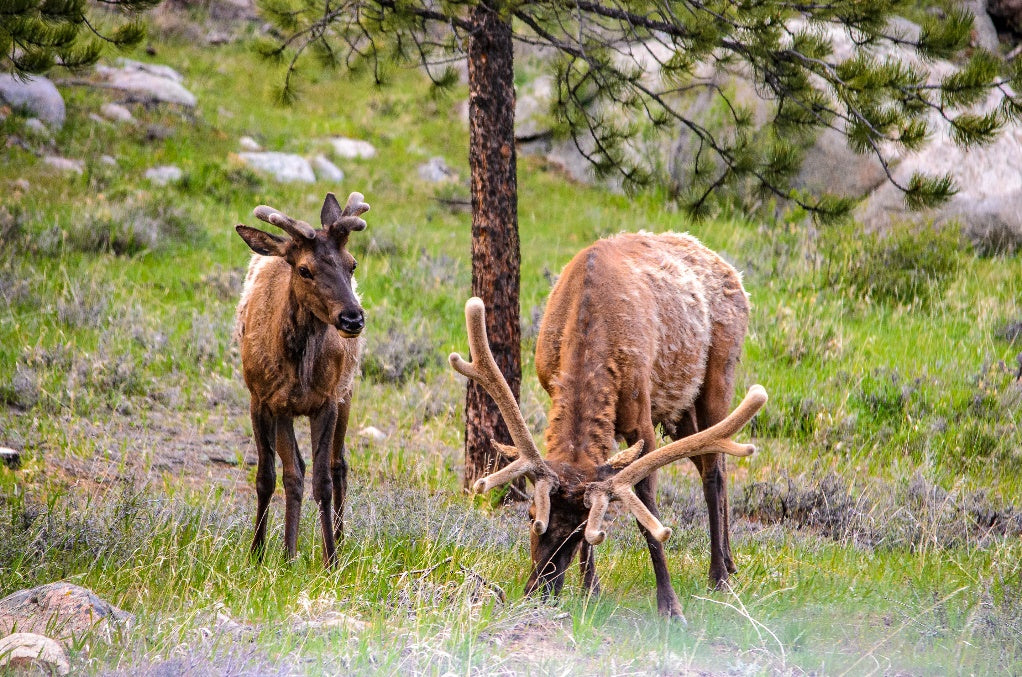1 .Antlers grow on most members of the deer family. The deer family includes moose, mule deer, white-tailed deer, elk, and caribou.

2. Elk velvet antler is considered a renewable and eco-friendly resource. Unlike horns, antlers shed every year, therefore utilizing their velvet as a medical resource is not cruel to the animals.

3. During the velvet stage, antlers can grow up to 1 inch per day. Elk antlers are among the fastest growing animal tissue on the planet.

4. All antlered animals have a velvet phase. This phase helps antler growth because it provides a blood supply to the growing bone.

5. Before breeding season occurs, the velvet on the elk’s antlers dries up and it is rubbed off on vegetation in as little as 24 hours.

6. Breeding season for elk generally occurs in late summer or early fall. During breeding season, males use their antlers to display dominance. Females typically want to mate with males who have the largest antlers. To appear larger, males will sometimes carry vegetation on their antlers.

7. After the rut (breeding season) elk will shed their antlers. When elk naturally shed their antlers, the pedicles (the bony protrusions on the elk’s skull where the antlers grow) are often injured. After 1-2 weeks of healing, a new set of antlers starts to grow. If the pedicles are damaged, the next set of antlers will most likely grow asymmetrically.

8. Antlers grow from the tip. Whereas horns grow from the base of the animal’s head.

9. Genetics, nutrition, overall health, and age affect how big an elk’s antlers will grow. Asymmetrical antlers are signs of malfunctions, health issues or injuries. Females are typically attracted to males with symmetrical antlers.

10. The life expectancy of a male elk is only half of a cow elk. Annual antler regrowth is a large contributing factor to this shorter life expectancy because the shedding process decreases the male’s energy and calcium reserves.

Sources:
- Wapiti Labs
- The Miracle of Antler Growth
- 11 Facts About Antlers
- Antler Growth Cycle
- Why do bull elk shed their antlers each year?
